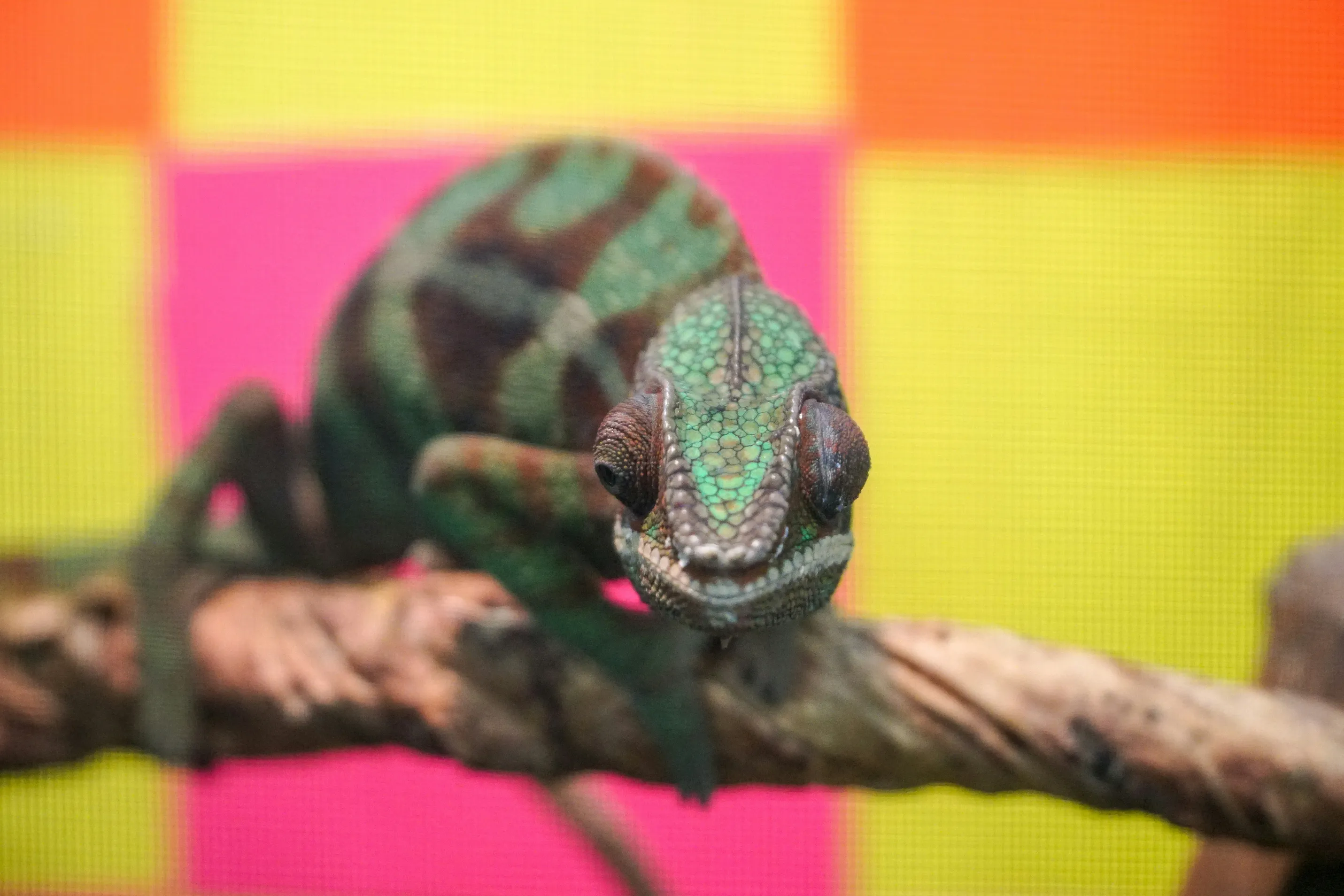Polymorphic Blade Templates
I’ve spent most of the frontend aspects of my career building in React. It’s common to find base components – usually from a UI kit or library – that allow for polymorphism:
import { Typography } from 'my-ui-kit'
function App() { return ( <div> <Typography as="h1">Title</Typography> <Typography as="p">Some content text</Typography> <Button as="a" href="/login"> Log in </Button> </div> )}Lately, I’ve been spending a lot of my time in Laravel using it’s templating engine, Blade. Here’s what a typical Blade component looks like1:
<button {{ $attributes->class(['py-2 px-4 bg-blue-600']) }}> {{$slot}}</button>And it can be used like this:
<div> <x-button type="submit" class="mt-4">Save</x-button></div>I was curious what a polymorphic component might look like in a Blade template. I had a flexible button component with styles for different variants and sizes. I wanted to reuse those styles for links when necessary, but I didn’t want to copy/paste the button component to only swap out the underlying <button> tag for an <a> tag.
Turns out, Blade templates are mostly string interpolation so adding an as prop was trivial:
@props(['as' => 'button'])
<{{ $as }} {{ $attributes->class(['py-2 px-4 bg-blue-600']) }}> {{$slot}}</{{ $as }}>The @props Blade directive tells the templating engine that we are going to be using the $as2 prop outside of the $attributes bag1. Then we replace the text button in our component with {{ $as }}. The templating engine does the rest. Lastly, we added a default value for $as of button so that we only need to pass the as prop when we want something other than a button.
Here’s what our new polymorphic component looks like when it’s used:
<div class="flex gap-2"> <x-button type="submit">Save</x-button> <x-button as="a" href="/">Cancel</x-button></div>That’s all there is to it!
#Footnotes
-
If you’re curious about how Blade templates work and what
$attributesand$slotdo, check out the Blade docs on Laravel’s site. ↩ ↩2 -
In PHP, all variables use the
$prefix so even though we defined out prop asas(which is what the name will be when passing in the value in the template), we use$asin our PHP code. ↩
